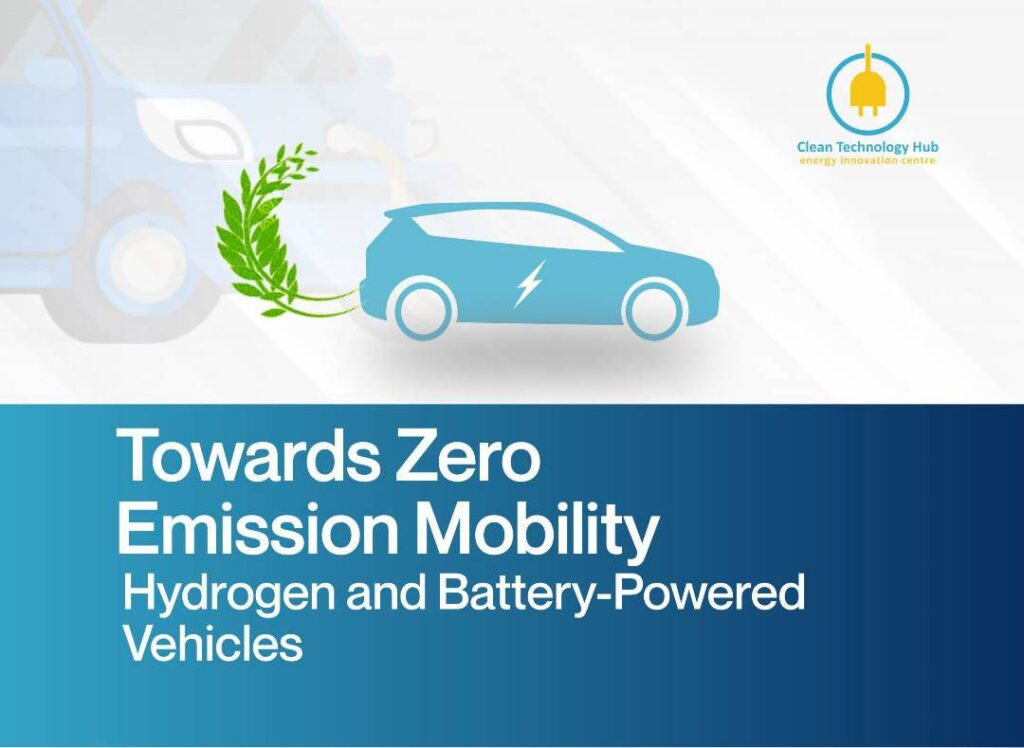
In order to achieve sustainability and reduce greenhouse gas emissions, mobility is gradually moving away from the Internal Combustion Engine (ICE) towards other cleaner technologies. The transportation sector alone is a major source of greenhouse gas emissions. It accounts for around one-fifth (21 percent) of worldwide carbon dioxide emissions and 24 percent of energy-related emissions.
Road transport accounts for 74.5 percent of GHG emissions from the transportation sector, accounting for 15 percent of total CO2. Passenger vehicles emit 45.1 percent of road transport emissions, while trucks and lorries emit 29.4 percent. The balance is made up of aviation (11.6 percent), shipping (10.6 percent), rail (1 percent), and others (primarily pipelines, 2.2 percent).
New technologies are now being researched, which will define the path mobility will take in the coming years. The primary technologies for accomplishing the goal of sustainability and ecologically friendly mobility are electric and hydrogen fuel cells automobiles. Electric mobility seems to be having an edge in the market with over 7.2 million sold as at 2019 especially in passenger freight which is the most common means of transport.
Electric mobility (E-Mobility) is hailed as the transportation sector’s solution to climate change, particularly for passenger road travel. Vehicles with electric engines are referred to as “E-Mobility” (where the electricity is stored in a battery). Fuel cell-powered automobiles, on the other hand, are vehicles fueled by fuel cells that convert hydrogen into energy. This is accomplished through a chemical-to-mechanical energy conversion process, which occurs when oxygen combines with hydrogen in a fuel cell to produce electricity and water that drives an electric motor.
Both technologies are known as “Electric Vehicles,” although they are not the same when it comes to charging. BEVs (Battery Electric Vehicles) are driven by an electric motor that pulls energy from rechargeable batteries placed in the automobiles that are charged by connecting to an electric grid.
Fuel cell electric vehicles (FCEV), also known as hydrogen vehicles, on the other hand, create energy within the vehicle through chemical reactions. In a fuel cell, hydrogen is mixed with oxygen to produce power and water, as earlier described.
The difference between these two types of electric mobility has been disputed recently in terms of which of the technologies has more benefits and fewer drawbacks. When it comes to mobility, fuel cells and batteries (proton and electron) have been portrayed as rival technologies. Each technology’s strengths and flaws reveal a spectrum of complementing functions. Instead of focusing on merging these two technologies, research has focused on comparing them and determining the optimum technology to deploy.
The nature of BEV batteries, as well as their charging and range (distance covered), makes them ideal for lighter cars and shorter trips. Because hydrogen is light and retains more energy than batteries, it is ideal for large vehicles and extended ranges in FCEVs.
This combination is also recommended by a hydrogen expert. He claims FCEVs will not thrive in urban contexts where 40kWh is required, but rather for long-distance travel where more than 40kWh is required. Also, using batteries in heavy-weight vehicles is not practical because one ton of battery equals 100 kilometers at present. In the case of hydrogen, it only takes one kilogram to travel 400 kilometers. This is where we must work together. The ideal mix for achieving system efficiency, which leads to climate efficiency, is the future.
BEVs are also ideal for personal use as well as short-distance commercial use, with charging stations installed at homes and offices. FCEVs, on the other hand, are ideal for business, particularly for heavy-duty transportation and deliveries, as well as long-distance commercial vehicles.
The mix of FCEVs and BEVs will be the future of mobility, with each giving complementing answers to distinct demands.
Nigeria can begin to prepare for this future because the future is now. Creating a hydrogen strategy document and policies that will foster the smooth combination of these two technologies. Alliances, partnerships and collaborations can be made with already existing stakeholders.


